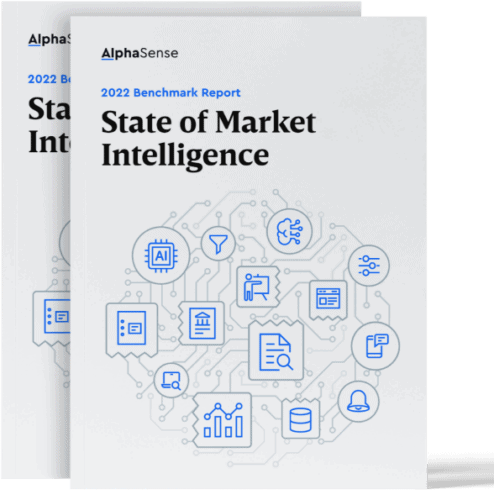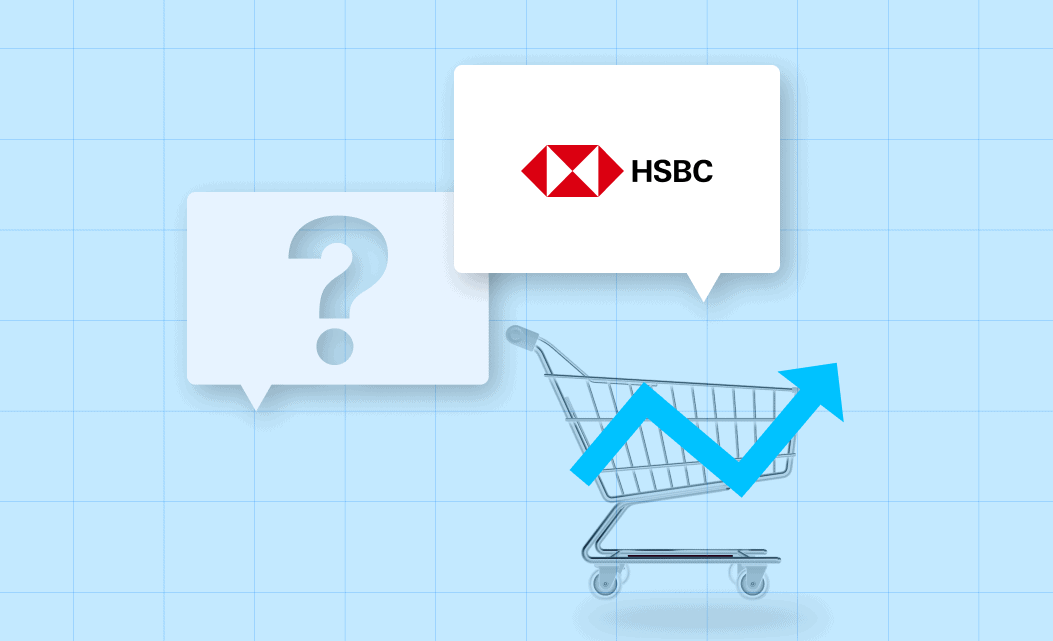
State of Market Intelligence
Read the report
This year, inflation has impacted every single sector but no other sector has felt the heat quite like consumer staples. And that’s not all: other contributing factors to the sector’s uncertainty include supply chain disruptions with rising freight and logistic expenses, as well as a dip in consumer confidence with shrinking disposable incomes.
So, how are global consumer staples companies dealing with inflation? And what does the future landscape look like amid this increasingly complex situation?
Josh Kadden, Consumer Goods and Services Lead, recently sat down with Jeremy Fialko, Head of Consumer Staples Research in Europe at HSBC, to better understand the impact of these trends across all types of staples, including the current state of the sector, the biggest risks and challenges coming in 2023, and the long-term implications for established and emerging brands.
Read the conversation below:
1. What is the current state of the consumer staples sector and how did it get where it is today?
Jeremy: The pandemic had an unexpected impact on the consumer goods sector. One big thing we noticed is how the role of premium products came to the forefront. The premium spirits, cosmetics, and beauty companies did fantastically well while the mass markets didn’t get the same uptick in terms of organic sales growth.
The reason for this trend is that during the pandemic, people were not spending on holidays, and instead they were spending on premium beauty and spirits. People were learning how to make cocktails at home and were adopting pets and buying the best dog and cat food. Adjunct to this trend, people were adopting a healthy lifestyle to ward off pandemic and were looking after themselves. They were spending more on natural products and sustainability continued to be a trend.
Today, what we are seeing is that all of these are being jumbled up by huge inflation causing a huge challenge in this sector. I have been covering this sector for 20 years and we have never seen inflation that is currently being witnessed. It is a massive challenge for these companies. They are concerned about how to keep market share and retain market structure while making sure consumers are getting a value for their products.
2. You still see big companies (CBGs) reporting revenue numbers that beat their expectations. At what point does that start to shift? When do the companies stop passing off the increases to consumers? Is there a breaking point?
Jeremy: The starting point is that these companies are not keeping up. The cost hits these companies before the inflation can be passed to the end consumers and there is a big impact on the company’s margins because of cost inflation.
One of the surprises we have seen this year is the degree to which the companies have been aggressive in putting price rises through and have gone through better than anticipated. The volume impact of the price rises has not been as large as projected. But we are starting to see that volume impact affects the numbers. Many companies had negative volume within Q2 and the volume picture overall was worse in Q3 than Q2 and it will be worse in Q4 than it was in Q3.
Consumers are getting to a point now where they are finding it harder to stomach price rises. Are we going to reach a breaking point where they can’t push price rises? It is dependent on markets that they are competing in. When you look at emerging markets, what we are seeing with inflation is nothing new. In Latin America, India, and parts of Asia, inflation is a fact of life.
In a market like the US, however, inflation is unprecedented; but the structure of retail trade makes price rises easier to pass on to the consumer. Consumers in the US tend to be more brand loyal than European consumers, which means price rises are more difficult in Europe. There is a more consolidated retail structure, higher share of private labels, and the discounters have a bigger market share.
3. Premiumization was the initial trend. There is a lot of talk of private label. What is the long term outlook of private label? Is this something that retailers/grocery will lean into long term or is it a short term trend?
Jeremy: Private label market shares are a bit of a ratchet.They rise during periods of economic weakness and then stabilize at the higher level but don’t really tend to go down.
I am expecting a jump upward in private label market share. We saw this during the financial crisis of 2008-09. Overall during this time, private label across Europe and North American took 150 basis points of market share. Market share in Europe is in the 20’s range and US low single digits. We will see this kind of jump and then see them plateau once we are in a more normal economic environment.
4. What is the state of the supply chain now? Has it gotten better? Is it getting better?
Jeremy: The supply chain is strained but starting to improve. Freight rates are coming down on shipping routes from China to the US. And second quarter results showed there were certain pockets where companies had difficulties. We are still seeing difficulties in terms of the availability of truck drivers, trucking capacity, and shipping delays at ports. For the spirits companies, there are still delays at ports.
More optimistically, large consumer companies have been pretty good from a supply chain perspective over their small counterparts. They have more diversified sourcing and manufacturing and have been able to leverage their scale with some of the transportation providers. Big companies largely gained market share from smaller private label companies during the pandemic since they have a better supply chain and are more capable of getting things on the shelf. Over this year you will see private labels taking market share because private label wasn’t getting on shelves a year ago and that is now changing for the better.
The supply chain difficulties of 2021 and 2022 will hopefully be behind us in 2023.
5. Coming into 2020 the big concern was emerging brands. Has that changed?
Jeremy: The real era of upstarts was the mid-part of last decade and during that period smaller companies had an advantage over bigger companies in terms of agility and knowledge of digital media. They were able to get more bang for the buck for eyeballs and drumming up business for brands through the digital channels. We saw drastic reduction in terms of barriers to entry. You could outsource manufacturing and marketing. You could advertise digitally and sell through Amazon. You didn’t need listings with big retailers. All traditional barriers came down and you saw plenty of examples of companies that exploited that.
What happened in the later part of the decade, prior to the pandemic, is that the barriers to success got higher. The big consumer staple companies are not quick but, once they focus on it, they have resources to get it done in a decent way. They got quicker at starting brands and in some cases they bought some of the disruptors. What this means is that this kind of arbitrage where smaller companies could reach many cheaply doesn’t exist anymore. The bigger companies have an advantage and made it difficult for smaller companies to scale.
6. Are you seeing more activity around M&A conversations?
Jeremy: Big companies are always buying up-and-coming companies. But, more recently, we have seen a little bit of a deceleration in terms of acquisition of smaller brands by bigger brands.
One of the other things that has been observed is that in the pandemic, consumers are less experimental with brands. When you are in more of a recessionary scenario, it is another circumstance where consumers are less experimental because money is tight. We saw this with the alternative protein companies: consumers are less likely to try new products.
7. Let’s talk about sustainability and consumers caring about causes and the story behind the product. Is this mindset changing in this environment?
Jeremy: I think it has definitely been pushed earlier. Consumers are still conscious about it.
Manufacturers are making steady progress to be responsible. But in this environment, it takes a backseat. Because when faced with inflation, you are much more aware of money and what you can afford. Most organic ingredients take a backseat.
In Europe, companies that were trying to use cleaner sources of energy may now in some cases use oil over gas because they can’t worry about not getting gas. Inflation and the energy crisis in Europe are driving decisions and the companies will get back to sustainability in 2023 or 2024 when the crisis has ended.
8. Has there ever been a time when the macro factors such as the war, the pandemic, inflation, the energy crisis, played such a part in the planning process?
Jeremy: The only other time that was comparable was Q3 or Q4 of 2008 at the height of the financial crisis. In certain parts of the market, there was very big destocking because no one had money so people did everything they could to preserve cash. Nobody knew how far demand was going to fall at certain points. That was definitely a period of very high uncertainty for companies.
When it comes to stuff like supply chains and inventories, we haven’t seen anything like this before.
Are you looking to learn more about consumer staples trends in 2022 and beyond? Read more of Jeremy Fialko’s and all of HSBC’s research in AlphaSense.
Don’t have access to AlphaSense? Request a free trial to learn more about our Wall Street Insights offering.




